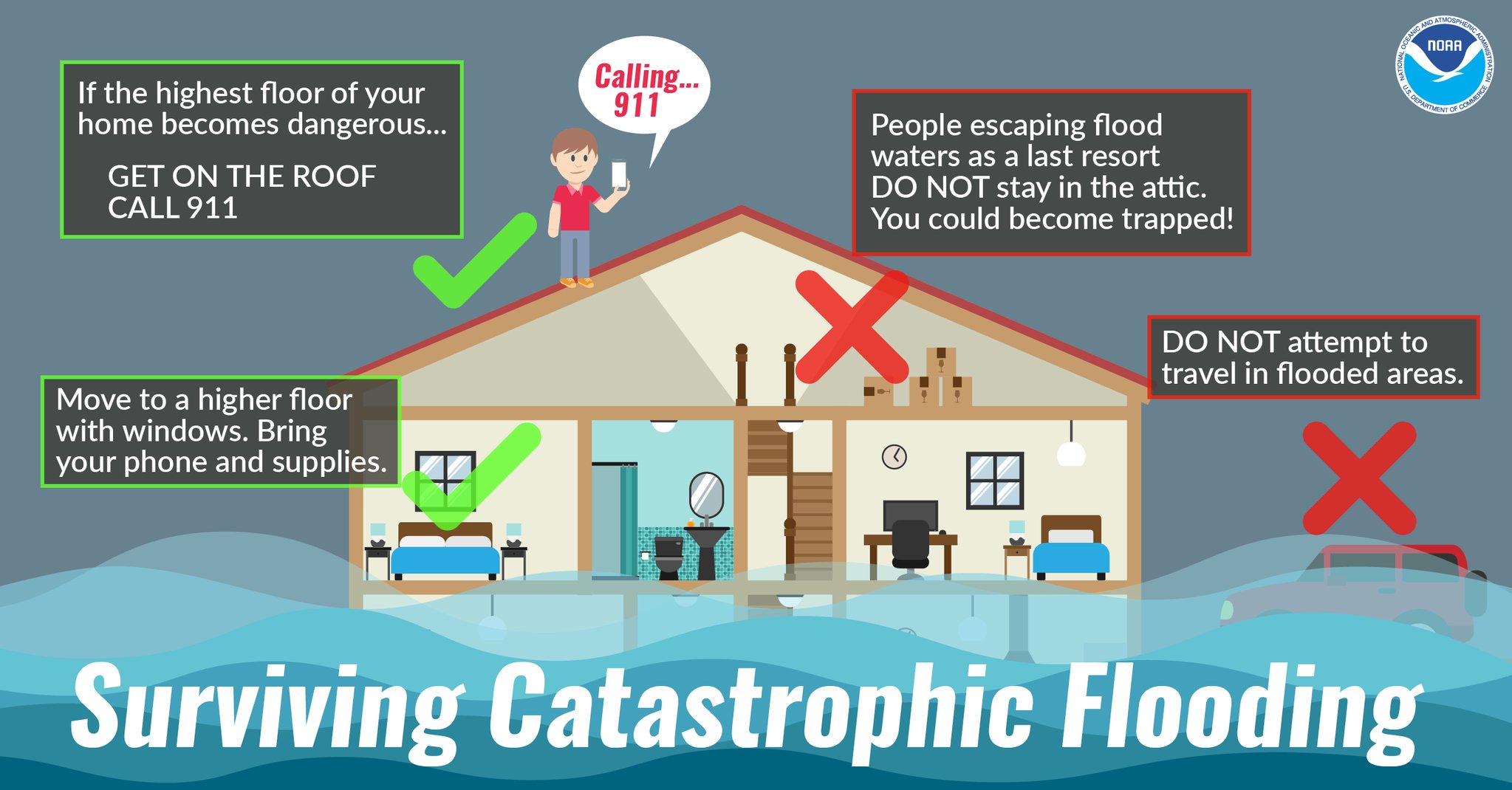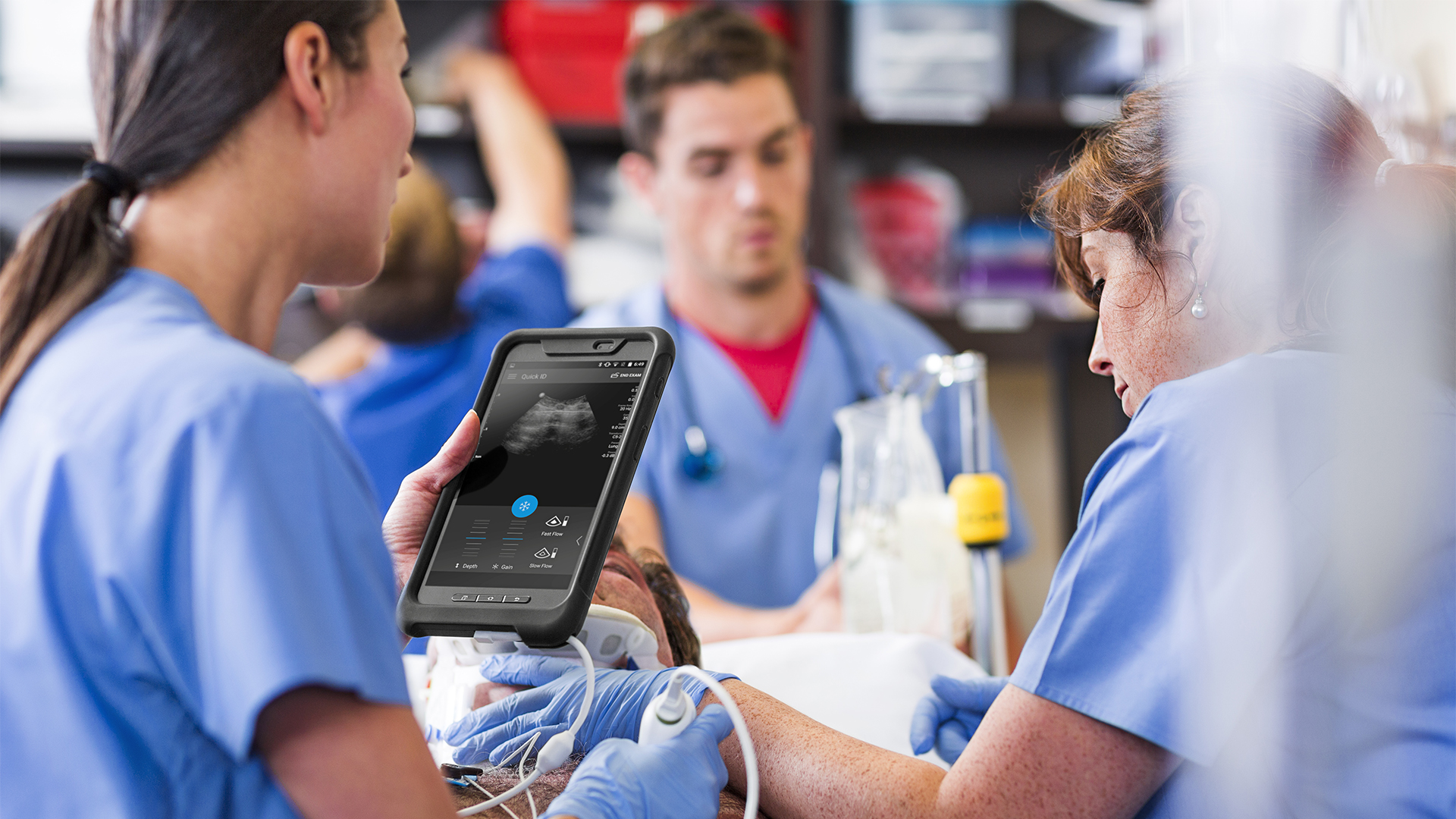Flash Flood Emergency: What To Know And How To Stay Safe

Table of Contents
Understanding Flash Flood Risks
What are Flash Floods?
Flash floods are characterized by a rapid and unexpected rise in water levels, typically within six hours or less of an intense rainfall event. Unlike slower-developing riverine floods, flash floods can occur with devastating speed, overwhelming communities and causing widespread destruction due to sudden flooding and rapid water rise. The sheer force of this sudden flooding can sweep away vehicles, homes, and people with little or no warning.
Identifying High-Risk Areas
Certain geographical factors significantly increase the risk of flash floods. Areas situated in mountainous regions, with steep slopes and poor drainage systems, are particularly vulnerable. Low-lying areas, flood plains, and those near dry riverbeds or canyons are also at high risk. Upstream development, such as deforestation and urbanization, can exacerbate the problem by increasing surface runoff and reducing the land's ability to absorb rainfall.
- Common causes of flash floods: Intense rainfall, dam failures, levee breaches, and sudden snowmelt.
- Flash floods vs. regular floods: Flash floods have a much faster onset and a significantly higher intensity than regular floods.
- Checking local flood risk: Consult your local weather service, national meteorological agency, or local government websites for flood risk information and warnings. Many offer flood maps and risk assessments for your specific area.
Preparing for a Flash Flood Emergency
Developing a Family Emergency Plan
A well-defined family emergency plan is crucial for surviving a flash flood. Creating this plan before a flood occurs is key, allowing everyone to understand their roles and responsibilities. Your plan should include pre-determined evacuation routes, emergency contact information for all family members, and a designated safe meeting place outside the flood-prone area. Knowing these details ahead of time will reduce stress and confusion during a crisis.
Building an Emergency Kit
A comprehensive flood preparedness kit is vital for survival during and after a flash flood. This emergency supplies kit should include essential items to sustain your family for several days.
-
Essential items for a flash flood emergency kit:
- Water (at least one gallon per person per day for several days)
- Non-perishable food (canned goods, energy bars)
- First-aid kit with essential medications
- Flashlight and extra batteries
- Whistle to signal for help
- Battery-powered or hand-crank radio
- Copies of important documents (IDs, insurance policies)
- Extra clothing and blankets
- Cell phone charger
- Cash
-
Store your kit in an easily accessible, waterproof container, ideally on an upper floor of your home. Regularly check and update the kit, replacing perishable items as needed.
Responding to a Flash Flood Warning
Recognizing Warning Signs
Recognizing the warning signs of an impending flash flood is critical. Pay close attention to official flash flood warnings issued by your local weather service or emergency management agency. Other warning signs include:
- Rapidly rising water levels in rivers, streams, or creeks.
- Heavy or persistent rainfall in your area.
- A sudden increase in the flow of water.
- Changes in water color, turbidity, or debris.
- A noticeable increase in the volume of water flowing in ditches and drains
Immediate Actions to Take
When a flash flood warning is issued, act immediately. Your life could depend on your speed and decisiveness.
- Evacuate: If instructed to evacuate, do so immediately. Move to higher ground. Don't underestimate the power of flood waters.
- Seek shelter: If evacuation isn't possible, move to the highest level of your building.
- Turn around, don't drown: Never attempt to drive or walk through floodwaters. The depth and current may be deceivingly strong.
Post-Flash Flood Safety
Assessing Damage and Seeking Help
After the flash flood subsides, carefully assess the damage to your property and check for injuries. Contact emergency services immediately if needed and report any damage to your local authorities. This will help expedite disaster relief efforts.
Avoiding Hazards After the Flood
The aftermath of a flash flood presents many hazards. Proceed with extreme caution.
-
Downed power lines: Avoid all contact with downed power lines. Assume they are live and dangerous.
-
Contaminated water: Floodwaters are often contaminated with sewage and hazardous materials. Avoid contact with floodwater.
-
Unstable structures: Buildings and infrastructure may be weakened by the flood. Avoid entering damaged structures.
-
Returning home safely: Check with local authorities before returning home to ensure the area is safe.
-
Avoiding diseases and contamination: Use appropriate personal protective equipment (PPE) when cleaning up after the flood and thoroughly disinfect affected areas.
-
Obtaining assistance from relief organizations: Contact the Red Cross, FEMA, or other relevant disaster relief organizations for assistance.
Conclusion
Flash flood emergencies are unpredictable and dangerous. By understanding the risks, developing a comprehensive flash flood emergency plan, building an emergency kit, and heeding official warnings, you can significantly increase your chances of survival and minimize the damage. Remember, preparedness is key to protecting yourself and your loved ones from flash floods. Develop your flash flood safety plan today, stay informed about weather alerts, and practice your evacuation routes. Protecting yourself from flash floods requires proactive measures and a commitment to safety. Don’t wait until it’s too late—your life depends on it!

Featured Posts
-
 Atletico Madrid In 3 Maclik Kayip Doenemi Bitti
May 25, 2025
Atletico Madrid In 3 Maclik Kayip Doenemi Bitti
May 25, 2025 -
 Philips Future Health Index 2025 How Ai Will Reshape Global Healthcare Delivery
May 25, 2025
Philips Future Health Index 2025 How Ai Will Reshape Global Healthcare Delivery
May 25, 2025 -
 Amundi Msci All Country World Ucits Etf Usd Acc Nav Calculation And Implications
May 25, 2025
Amundi Msci All Country World Ucits Etf Usd Acc Nav Calculation And Implications
May 25, 2025 -
 Zheng Qinwens Italian Open Success Into The Last 16
May 25, 2025
Zheng Qinwens Italian Open Success Into The Last 16
May 25, 2025 -
 Konchita Vurst Evrovidenie 2014 13 Let Kaming Aut I Ambitsii Stat Devushkoy Bonda
May 25, 2025
Konchita Vurst Evrovidenie 2014 13 Let Kaming Aut I Ambitsii Stat Devushkoy Bonda
May 25, 2025
Latest Posts
-
 The Robuchon Monaco Restaurants A Look At Francis Sultanas Interior Design
May 25, 2025
The Robuchon Monaco Restaurants A Look At Francis Sultanas Interior Design
May 25, 2025 -
 El Estilo En El Baile De La Rosa 2025 Alexandra De Hannover Y Los Mejores Atuendos
May 25, 2025
El Estilo En El Baile De La Rosa 2025 Alexandra De Hannover Y Los Mejores Atuendos
May 25, 2025 -
 Mwnakw Yjdd Eqd Mynamynw Mwsm Idafy Llnjm Alyabany
May 25, 2025
Mwnakw Yjdd Eqd Mynamynw Mwsm Idafy Llnjm Alyabany
May 25, 2025 -
 Como Llevar Lino En Otono Inspiracion De Charlene De Monaco
May 25, 2025
Como Llevar Lino En Otono Inspiracion De Charlene De Monaco
May 25, 2025 -
 Francis Sultanas Interior Design For Monacos Robuchon Restaurants
May 25, 2025
Francis Sultanas Interior Design For Monacos Robuchon Restaurants
May 25, 2025
